In the early 2010s, China started building a constellation of artificial islands in the Spratly Islands. At the time, the Chinese Communist Party (CCP) leadership promised not to militarize these islands.
That turned out to be a lie, and several islands were subsequently built with airstrips and harbors capable of accepting military aircraft and warships. In addition, these islands have been furnished with radar stations, anti-aircraft guns, anti-ship cruise missiles, and long-range surface-to-air missiles.
The Spratlys are a chain of mostly coral reefs in the eastern South China Sea that barely break the ocean’s surface. Still, they’re adjacent to major sea lanes of communication (SLOC) and to potentially lucrative maritime natural resources, such as fisheries, oil, and gas deposits.
The CCP has moved on to its next big lie. For decades, it used to espouse a “non-interventionist” foreign policy that, among other things, opposed the idea of overseas naval or military bases. This stance was mostly used to criticize countries such as the United States, which has hundreds of such bases and sites worldwide.
According to this plan, the People’s Liberation Army (PLA) wants to create a worldwide network of military outposts in Equatorial Guinea, Djibouti, the United Arab Emirates (UAE), Cambodia, and Mozambique. According to the Discord leaks, two of these outposts are currently under construction, one is operational, and the remaining two are awaiting approval.
The first of these operational bases is in Djibouti, a small country in the Horn of Africa situated at the southern entrance to the Red Sea. Djibouti is strategically located near some of the world’s busiest shipping lanes, controlling access to the Red Sea and the Indian Ocean. It also serves as a key refueling and transshipment center and is the principal maritime port for imports from and exports to neighboring Ethiopia.
China began building its military facility there in 2016, for which it’s paying the government of Djibouti $20 million per year. This base, which the PLA calls a “logistical support facility,” contains a 1,120-foot-long pier (big enough for China’s aircraft carriers) and is home to roughly 1,000 to 2,000 military personnel.
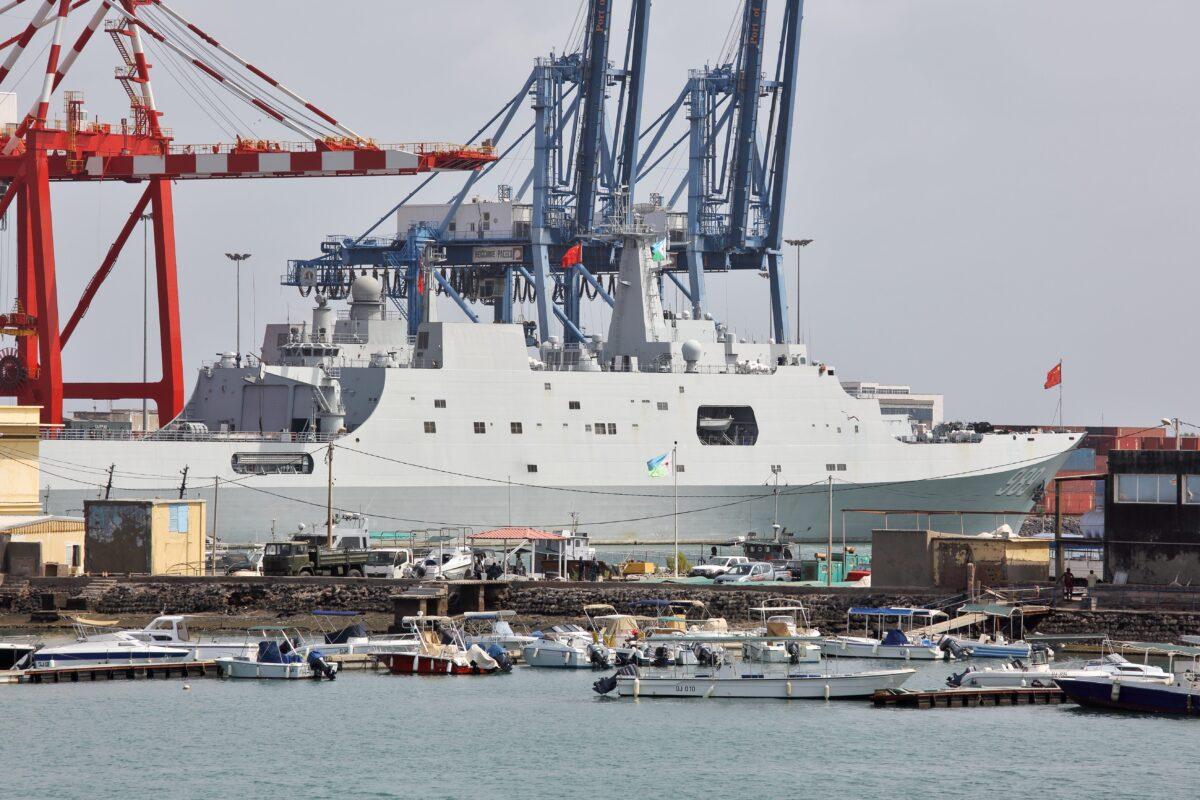
China is expanding its presence and operations in Djibouti. It’s nearing completion of an antenna operations building for SATCOM and SIGINT collection over Africa, Europe, and the Middle East. In January, China and Djibouti signed an agreement to establish Africa’s first spaceport.
China is looking at other countries in Africa for new basing opportunities, including Equatorial Guinea and Gabon, Mauritania, Nigeria, Mozambique, and Tanzania. According to the Discord leaks, the U.S. intelligence community is increasingly concerned that China intends to establish a naval base at Bata, Equatorial Guinea, along Africa’s west coast. Bata already possesses a deepwater port constructed by a Chinese company. If true, then the PLA Navy could have its first permanent military presence on the Atlantic Ocean, giving Chinese warships direct access to the U.S. eastern seaboard.
CCP representatives have also supposedly visited Equatorial Guinea and Gabon to discuss the construction of a joint training center. China is also reportedly trying to conclude a “status of forces” agreement with Mozambique to construct a military base there. Meanwhile, Beijing is shoring up its relations with Nigeria through various arms sales, including armed drones and JF-17 fighter jets.
China has been particularly aggressive in seeking out new basing opportunities on the Indian Ocean littoral. The CCP has built deepwater ports in Pakistan (Gwadar and Karachi), Sri Lanka (Colombo and Hambantota), and Burma/Myanmar (Sittwe).
More alarmingly, China is working closely with the UAE—a key U.S. security partner in the Gulf—to establish a PLA base and logistics storage site at Khalifa Industrial Zone in Abu Dhabi. Beijing has invested about $1 billion in developing this port, and several Chinese companies are involved in its construction and operations.
As such, China doesn’t call its Djibouti establishment a “naval base.” Instead, it’s a “logistical support facility ... not responsible for combat operations.” The authors insisted that the Chinese facilities at Djibouti don’t constitute a military base because “they have not lived up to military standards in terms of size and functions, such as housing naval vessels.” (Of course, given the construction of the new 1,000-plus-foot-long pier at this facility, this argument can no longer be made.)
Beijing has “suddenly” discovered the “peaceful” use of overseas bases. China’s growing global military footprint initially may have resulted from its expanding international economic and commercial interests (“the fleet follows the flag!”). Increasingly, however, geostrategic and great-power aspirations are outstripping economics. Like the United States, China wants to be a global superpower with a world-girdling presence, and these ambitions are driving its new globalized basing schemes.
In such cases, economics won’t so much lead as reinforce China’s military globalization efforts.
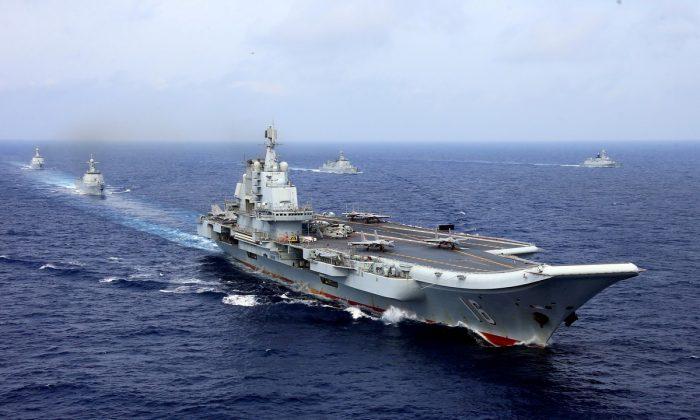

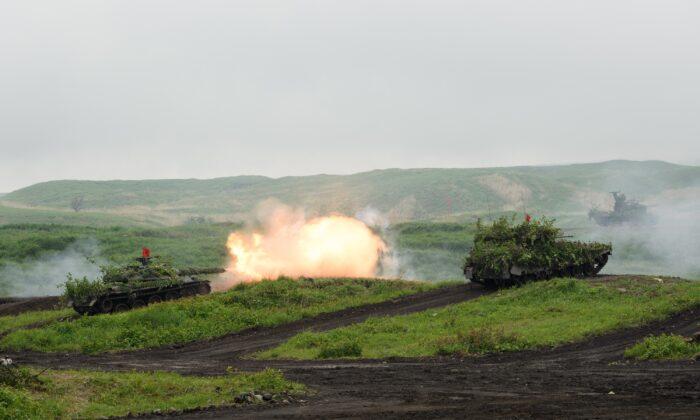
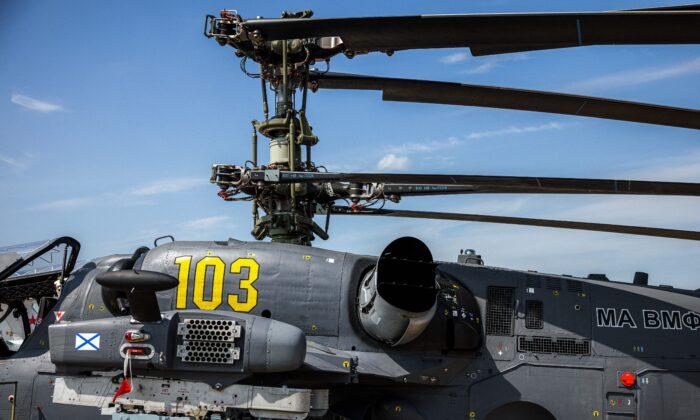
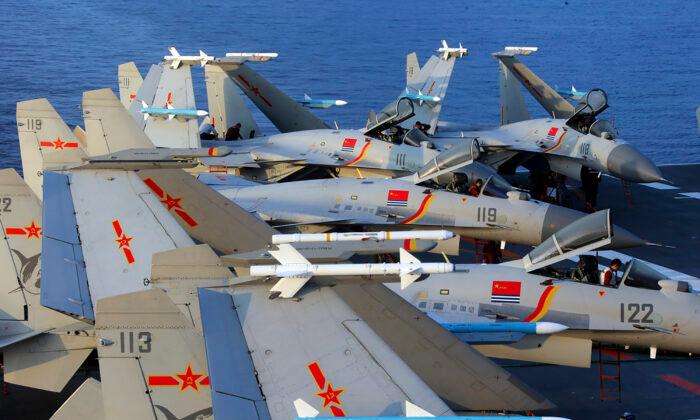
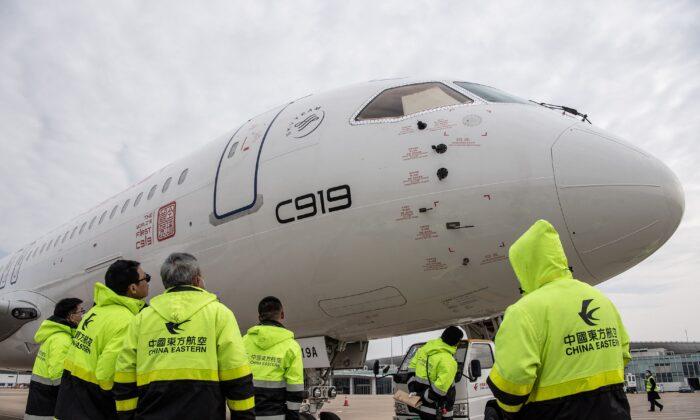
Friends Read Free